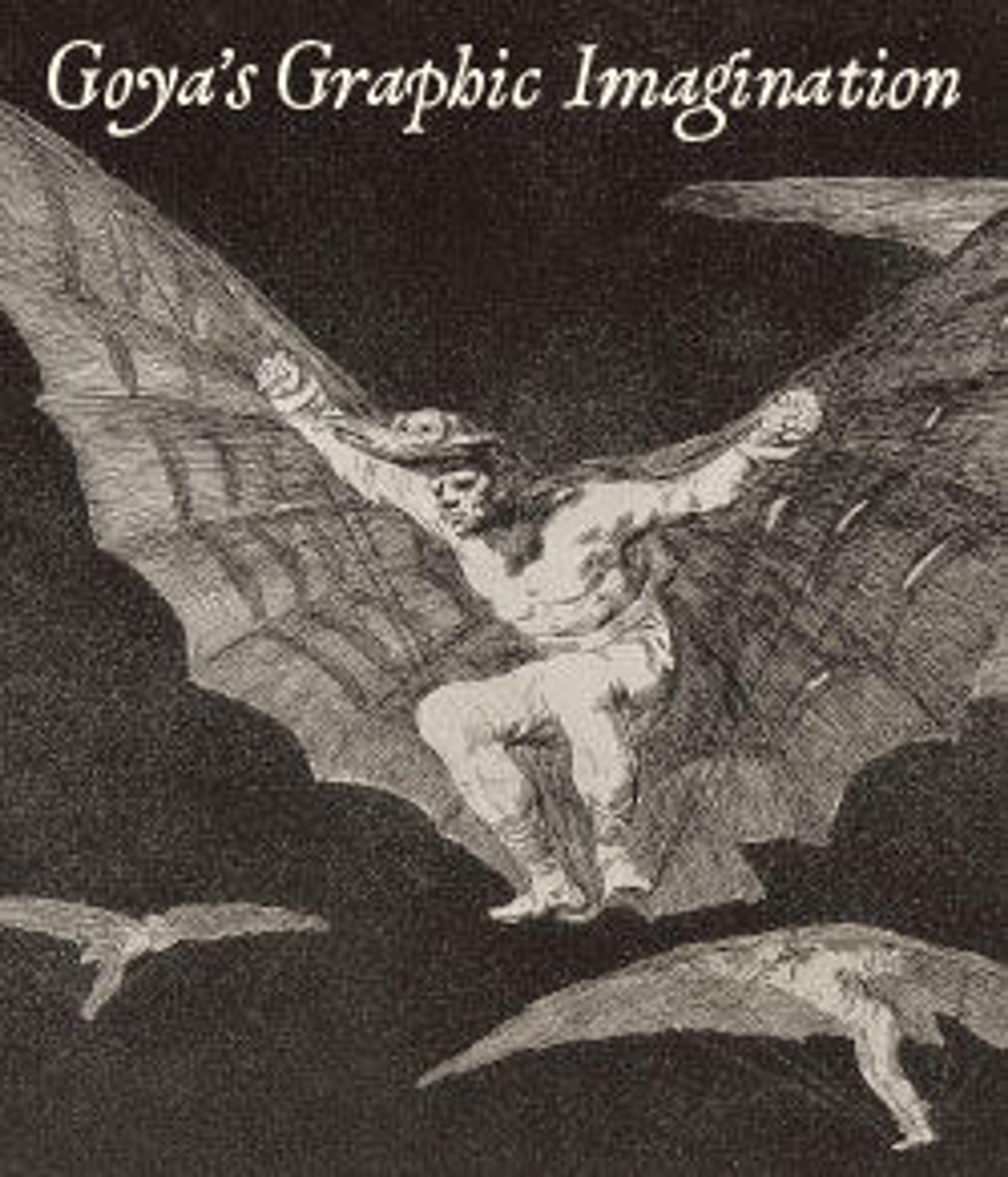'Animal Folly' from the 'Disparates' (Follies / Irrationalities)
The elephant is based on a drawing Goya made in the 1800s, possibly upon the arrival in Madrid of an Indian elephant. Conveying the wonder with which animals from other places were regarded in early nineteenth-century Spain, this print has been interpreted as a reference to the so-called Persian Manifesto (from a note on the customs of "the ancient Persians" in its first article) that led to the annulment of the constitution and the restoration of Ferdinand VII in 1814. Here, men in Eastern robes hold an open book and a harness with bells, attempting to lure an elephant standing in a circular space that recalls a bullring.
One of the four additonal plates prepared for the set but not included in the posthumous first edition published by the Academia de San Fernando in Madrid in 1864 under the title 'Los Proverbios'.
One of the four additonal plates prepared for the set but not included in the posthumous first edition published by the Academia de San Fernando in Madrid in 1864 under the title 'Los Proverbios'.
Artwork Details
- Title:'Animal Folly' from the 'Disparates' (Follies / Irrationalities)
- Artist:Goya (Francisco de Goya y Lucientes) (Spanish, Fuendetodos 1746–1828 Bordeaux)
- Date:ca. 1815–19 (published before 1877)
- Medium:Etching, aquatint, drypoint on Japan paper
- Dimensions:Plate: 9 5/8 × 13 3/4 in. (24.5 × 35 cm)
Sheet: 10 13/16 x 15 1/8 in. (27.5 x 38.4 cm) - Classification:Prints
- Credit Line:Rogers Fund, 1922
- Object Number:22.63.147
- Curatorial Department: Drawings and Prints
More Artwork
Research Resources
The Met provides unparalleled resources for research and welcomes an international community of students and scholars. The Met's Open Access API is where creators and researchers can connect to the The Met collection. Open Access data and public domain images are available for unrestricted commercial and noncommercial use without permission or fee.
To request images under copyright and other restrictions, please use this Image Request form.
Feedback
We continue to research and examine historical and cultural context for objects in The Met collection. If you have comments or questions about this object record, please contact us using the form below. The Museum looks forward to receiving your comments.
